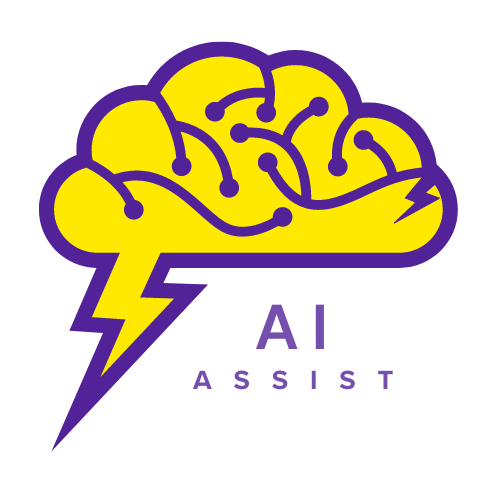AI Assist: Data Analysis
SoTL Research Foundations: Data Analysis Procedures

Publicly available AI tools can be valuable in assisting SoTL researchers with data analysis. AI can help streamline various aspects of the process, from data preparation to hypothesis testing and interpretation of results.
For data preparation, AI tools can assist in automating data cleaning by identifying and correcting errors, handling missing data, and detecting outliers. When requesting assistance, you must be clear about which software tool you use to receive the necessary guidance. For example, if you are working in Microsoft Excel, be specific about the tool you are using and the data available. With ChatGPT, you might use a prompt such as:
An example from part of the response this prompt generated is as follows:
You can see that the AI tool will guide you through each step of the process until you become more familiar with each step.
During exploratory data analysis, AI can generate descriptive statistics and visualizations quickly, providing researchers with an immediate understanding of their data. AI-powered platforms like Google Data Studio or Tableau can create interactive dashboards, allowing researchers to explore data relationships dynamically. If you are not comfortable with these tools, the AI tool may be used similarly as described in the data preparation step to guide you through the process using your selected tool.
When testing assumptions and conducting hypothesis testing, AI can guide researchers in selecting the appropriate statistical tests based on their data and research questions. AI chatbots like ChatGPT can provide step-by-step instructions on performing statistical analyses in software such as Microsoft Excel, SPSS, Python, or R.
For interpreting results, AI tools can help researchers understand the implications of their statistical findings. For instance, AI can explain the meaning of p-values, confidence intervals, and effect sizes, ensuring researchers accurately interpret their results. This is particularly helpful if there are multiple variables or the effect size is reported in an unfamiliar format, such as f2 instead of R2 in regression.
AI can assist in formatting tables and figures according to APA standards to facilitate the reporting of results. AI tools can also generate initial drafts of the results section, which researchers can refine and expand upon.
---------- Grouped Links ---------
numOfValidGroupedLinks: 4
SoTL Helper (AI - POE external): https://poe.com/SoTLCIRTBOT49
RR: SoTL: https://cirt.gcu.edu/research/develop/research_ready/sotl/1
RR: Qualitative: https://cirt.gcu.edu/research/develop/research_ready/qualitative
RR: Quantitative: https://cirt.gcu.edu/research/develop/research_ready/quantresearch
----------------------------------
-------------- Links -------------
numOfValidLinks: 0
----------------------------------
this.updated: True
links.count: 0
obj.hasPermission(enums.PermissionVerb.Edit): False
numOfValidLinks: 0
linksJSON.groups.count: 1
numOfValidGroupedLinks: 4
numOfValidGroupedLinks -> numOfLinksToDisplay: 4
numOfLinksToDisplay = 4
this.layout = 2
- TrueFalse(True || !True && False)https://poe.com/SoTLCIRTBOT492
- SoTL Helper (AI - POE external) TrueFalse(True || !True && False)https://cirt.gcu.edu/research/develop/research_ready/sotl/12
- RR: SoTL TrueFalse(True || !True && False)https://cirt.gcu.edu/research/develop/research_ready/qualitative2
- RR: Qualitative TrueFalse(True || !True && False)https://cirt.gcu.edu/research/develop/research_ready/quantresearch2
- RR: Quantitative
view = 2
numColumns = 1
lineBetween = 1
arrowStyle = 3
barStyle = 1
barColor = #470a68
results = 10
Page Options

